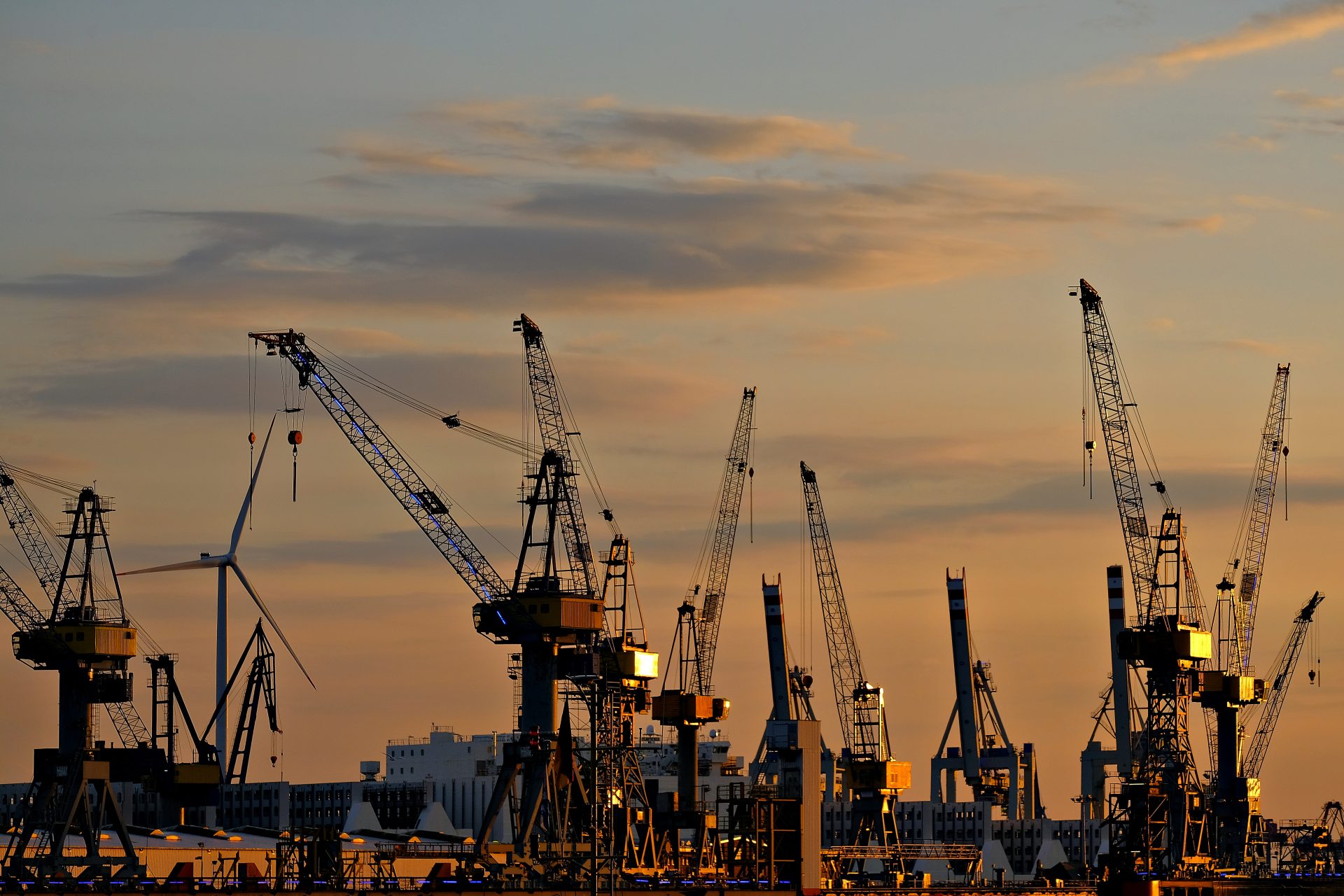Ecuador is betting big on its logistics future. As it moves forward in trade negotiations with the United States to reduce key tariffs, the country is accelerating the modernization of its ports, maritime legislation and security systems. This is not an isolated change, but a comprehensive move that seeks to position the country as a strategic, competitive, reliable and reliable logistics center, ready for global trade.
One of the focuses of this transformation is Guayaquil, where a large part of Ecuador’s foreign trade is concentrated. With a projected investment of US$268 million through 2030, the expansion of docks, the incorporation of state-of-the-art cranes, and logistics improvements are planned. In addition, the dredging of the channel to a depth of 13 meters already allows vessels of up to 400 meters to be received, bringing the port into line with international standards.
On the legal front, the Government’s signing of the Hamburg Convention marks a decisive step forward. This international treaty updates the legal framework for maritime transport, providing greater legal security to exporters, shipping companies and logistics agents. All this is part of the efforts to resolve the so-called “trade irritants” pointed out by the United States, a necessary condition to unblock barriers and open doors to more Ecuadorian products.
But no port can prosper without security. This is where Serpaz comes into play, a program supported by the European Union, aimed at shielding logistics chains against crimes such as money laundering and organized crime. The ports of Guayaquil, Posorja and Machala are part of this strategic plan that reinforces the integrity of such sensitive exports as bananas and cocoa.
This set of measures comes in a context of strong export dynamism. In the first quarter of 2025, the economy grew by 3.4%, driven by star products such as shrimp and cocoa. To sustain this trend, the country needs to maintain consistency between its trade policy, infrastructure, regulatory framework and security response capacity.


